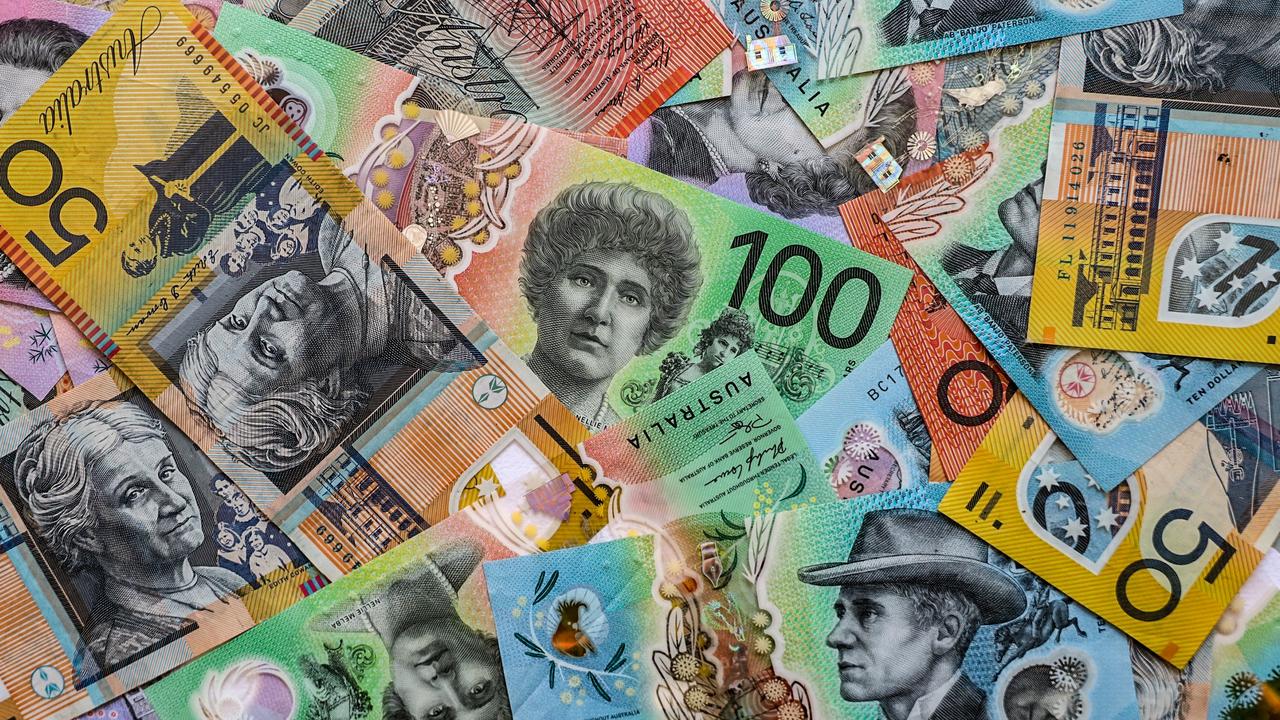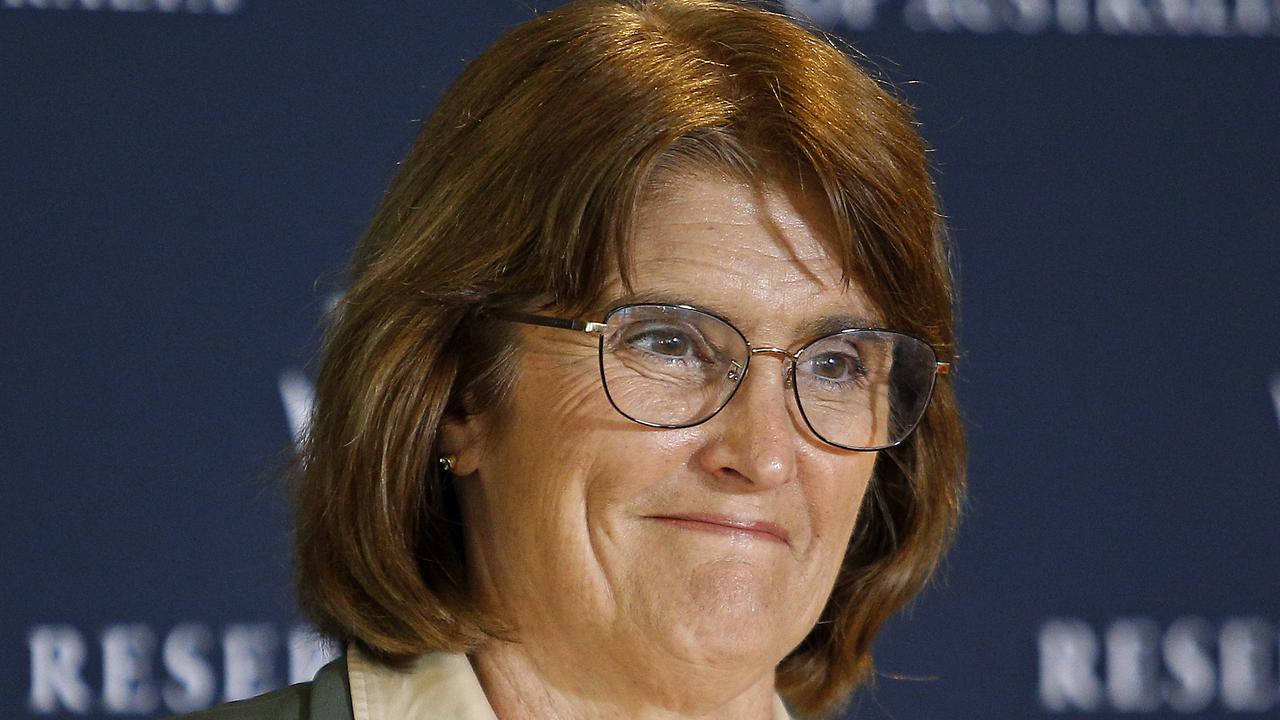‘Shocker’: Grim fears for interest rates
With recent data showing prices continue to soar, economists are split on the next move for interest rates but it isn’t looking good.
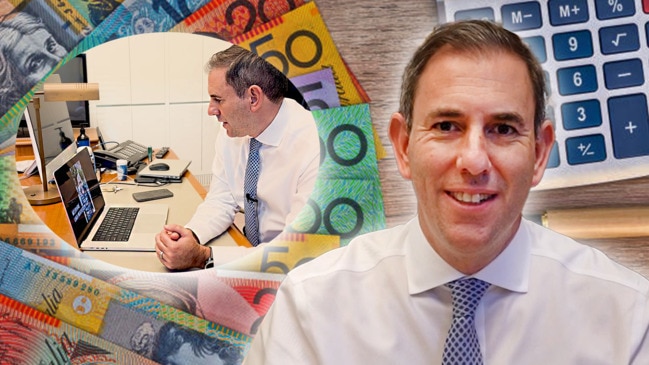
Interest Rates
Don't miss out on the headlines from Interest Rates. Followed categories will be added to My News.
Australia’s shocking inflation result has stoked fears that homeowners will be hit with a rate rise in August even as the cost of living crunch sees people already struggling.
The monthly consumer price index, a measure of goods and services cost across the economy, jumped to 4 per cent in the year to May, the Australian Bureau of Statistics revealed on Wednesday.
The most significant price rises in May were housing which jumped 5.2 per cent, alcohol and tobacco which soared by 6.7 per cent, transport which grew by 4.9 per cent and food and non-alcoholic beverages which was up 3.3 per cent.
It means inflation has lifted from 3.4 per cent in February to a staggering 4 per cent in May.
The result was described as a “shocker” by Betashares chief economist David Bassanese and placed “huge pressure on the Reserve Bank to raise interest rates in August”, he said.
“While the monthly CPI reports contain partial information and tend to be volatile, stepping back from the month-to-month noise, one clear disappointing signal emerges – annual inflation across various measures has failed to decline much further in 2024, and remains stuck at an uncomfortably high level of around 4 per cent,” he explained.


Deutsche Bank has also predicted that interest rates will be pushed up to 4.6 per cent in the August meeting.
Most concerning was annual trimmed mean inflation jumped from 4.1 per cent in April to 4.4 per cent in May with pricing pressure remaining broad for a number of reasons, Mr Bassanese said
“Higher than expected immigration, a public infrastructure spending boom, rising demand for health and personal care services, housing shortages and climate related increases in energy and insurance costs are all contributing to persistent inflation,” he noted.
“To an extent, many of Australia’s lingering inflation pressures come despite weak consumer spending – and reflect the consequence of longstanding Federal and State government policy failures in the areas of such as housing, energy and social services."
It places enormous pressure on the RBA to move away from cutting interest rates anytime soon, but as also puts into play potentially lifting them further, he added.
“For the RBA, the concern remains that the longer inflation stays high, the greater the risk of it becoming embedded into inflation expectations and ongoing wage and price setting behaviour – particularly given the economy, despite weak growth, is still operating at a high level of capacity,” he said.

But he cautioned it wasn’t a done deal for a rate rise in August with the June quarter CPI report on 31 July critical to what happens next, although he said it will need to sit at the RBA forecast of 3.8 per cent.
“If that confirms the still bubbling inflationary pressure evident in the monthly CPI reports over recent months, the RBA will have no choice but to act,” he warned.
Canstar’s group executive of financial services Steve Mickenbecker believes the increase in the CPI will have the RBA moving towards the starting blocks and readying to fire the interest rate increase gun.
“With scant evidence that inflation is moving towards the target band, the Reserve Bank will feel uncomfortable waiting a further three months for the following release of quarterly CPI, and will surely lift rates in August. The risk of baked-in inflationary expectations is too high,” he said.
“It’s worrying news for borrowers with an increase of 0.25 per cent adding $100 to the monthly repayment on a $600,000 loan over 30 years. Even without a rate increase, a three month extension before a rate cut adds $288 in extra repayments to the same loan.”
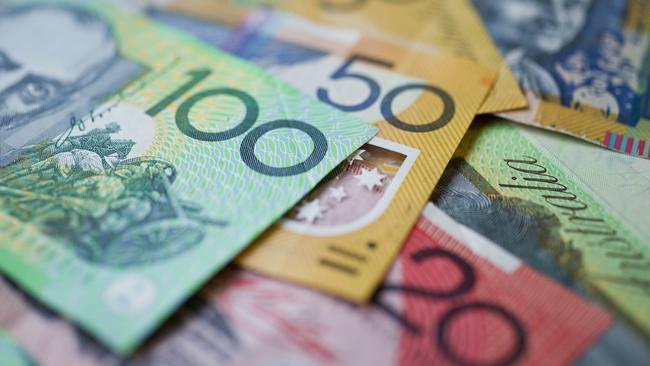
A host of new cost-of-living relief and tax cuts coming into force next month also risks “injecting a bunch of new spending into the economy as the Reserve Bank of Australia desperately tries to tighten households’ purse strings”, Moody’s Analytics economist Harry Murphy Cruise said.
“Treasury is hoping the savings will be squirrelled away rather than spent. But with households under the pump, the vast majority of those savings will likely leave bank accounts just as quickly as they hit them,” he added.
“We’re still of the view that it’s more time not more hikes that’s needed to quash inflation. But we’re getting a little less steadfast in that conviction. An August hike now can’t be ruled out.”
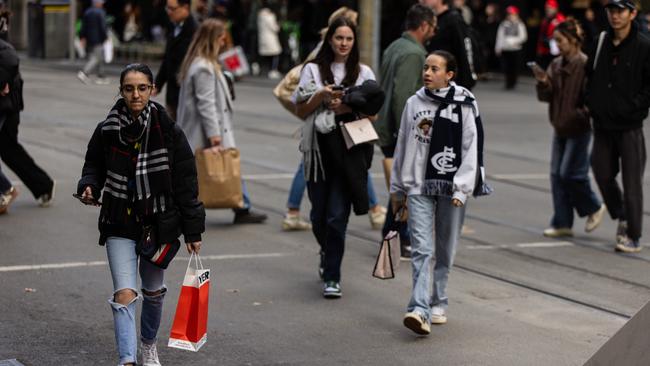
Price increases will only end once enough businesses are hurt by falling demand, added CreditorWatch’s chief economist Anneke Thompson.
“Unfortunately, record high migration has fuelled demand in many services based industries and in housing, which has given businesses in these non-discretionary type industries the green light to raise prices,” she said.
“The good news is that net migration levels are now falling, and the heat will be taken out of population-induced demand, although this will take time to flow through to the wider economy.”
She predicted interest rates will stay at 4.35 per cent well into 2025 and that unemployment will also spike.

KPMG chief economist Dr Brendan Rynne agreed the RBA will not hike the cash rate further but it will remain higher for longer.
“Our expectation is that the first rate cut will be in February 2025,” he added.
The inflation pathway for Australia is similar to the US, but with about a seven to eight month time delay, he noted.
“The US saw inflation fall rapidly, and then bounce back up again in August 2023; plateau for a period and then start to fall again more recently. It would seem plausible for Australia to follow a similar pattern,” he said.
In a speech delivered on Wednesday by RBA Assistant Governor Chris Kent, he pointed out the cash rate at 4.35 per cent is above estimates of a ‘neutral’ cash rate – around 3.5 per cent – and that these tight settings are being felt by households and businesses.
He also noted that the RBA is well aware that some households “have felt these budget pressures acutely”.
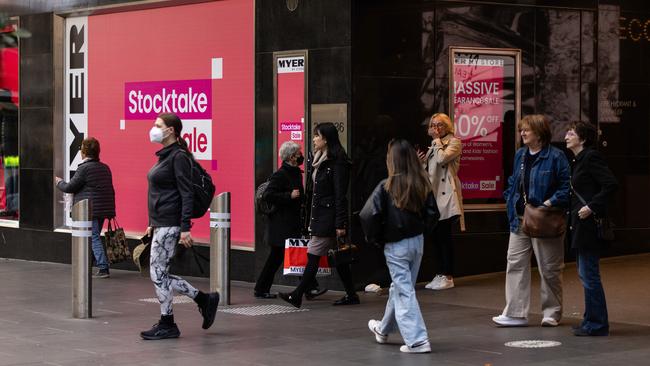
HSBC Chief Economist, Australia, NZ & Global Commodities Paul Bloxham said he reads that speech “as a signal about the RBA’s reluctance to tighten further, given that its current policy setting is working to achieve its objectives”.
“The key questions are how the RBA balances its inflation objective against its aim to stay as close to ‘full employment’ as possible and whether the disinflation is happening at a fast enough pace,” he added.
“Our view is that rate cuts are not likely in 2024, a view we have held since late 2023. We see a 30 per cent chance that the RBA lifts its cash rate by 25 basis points in the second half of 2024.”
The ANZ Bank changed its forecast for the RBA’s first interest rates cut from November 2024 to February 2025.
NAB also forecast higher rates for longer with a first rate cut not due until May 2025.
Originally published as ‘Shocker’: Grim fears for interest rates




